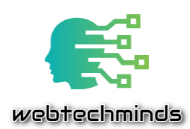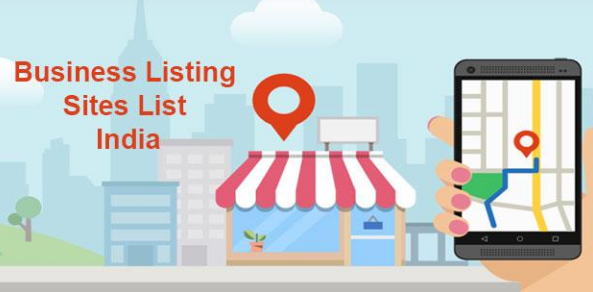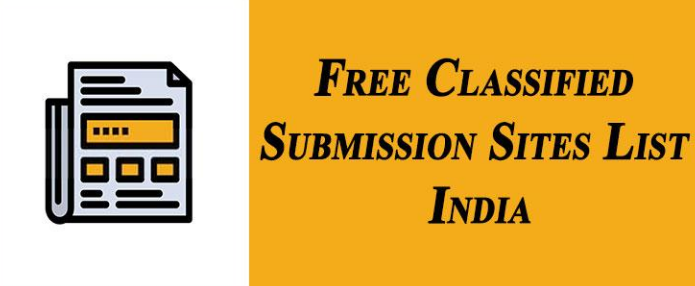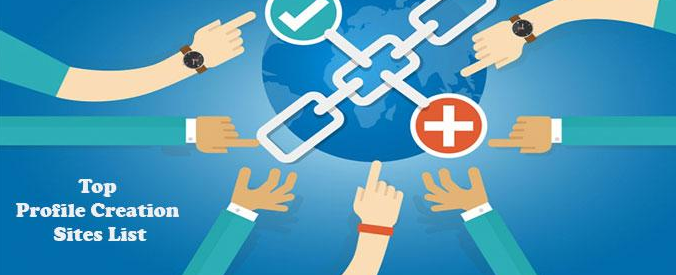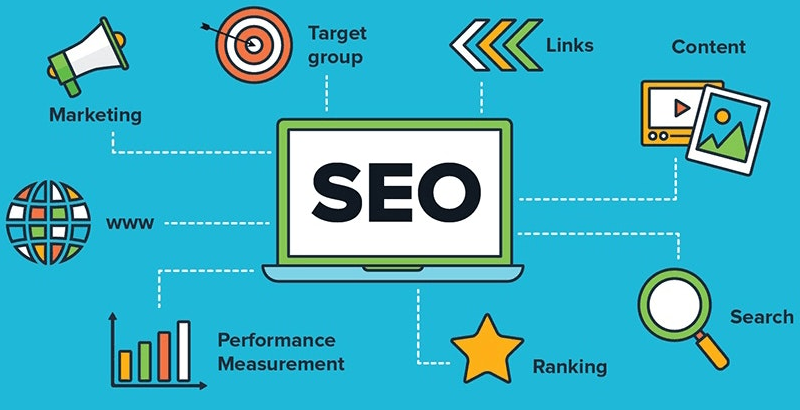Digital Marketing Definition – Types of Digital Marketing?
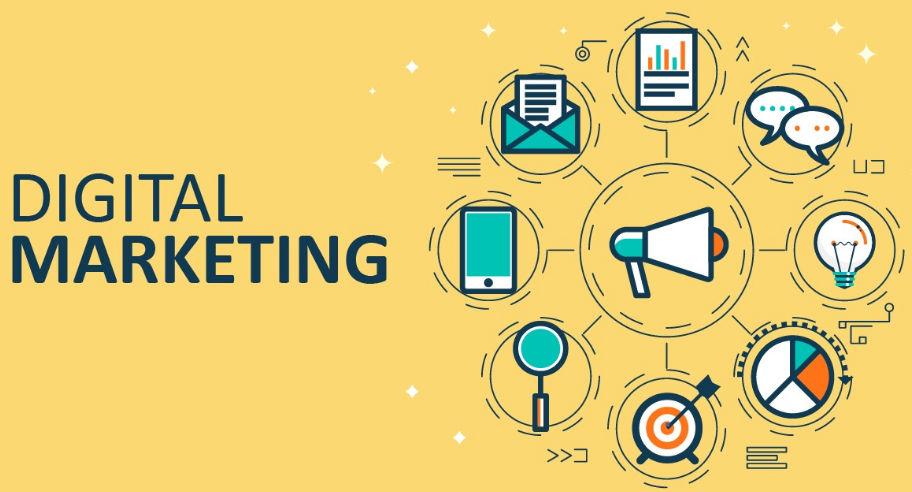
Digital Marketing
Every marketing that utilizes electronic devices to send promotional messaging and scale its impact. In custom, digital marketing typically relates to marketing campaigns that resemble a computer, phone, tablet, or other devices. It can use various forms, including display ads, online video, and social media posts. Digital marketing is often related to “traditional marketing” such as review ads, billboards, and direct mail. Oddly, television is usually lumped in with the latest traditional marketing.
Did you know that higher than 3 quarters of Americans go online daily? Not simply that, but 43% go on longer than once a day and 26% are online “almost continually.”
These figures are also higher with mobile internet users. 89% of Americans go online at most limited daily, and 31% are online almost regularly. As a marketer, it’s necessary to take advantage of the digital world with online advertising proximity, by building a brand, presenting a great customer adventure that also brings more potential customers and more, with a digital procedure.
What is digital marketing?
Digital marketing, also named online marketing, is the development of brands to connect with possible customers utilizing the internet and other kinds of digital communication. This involves not only email, social media, and web-based promotion, but including text and multimedia messages being a marketing channel.
Typically, if a marketing campaign includes digital communication, it’s digital marketing.
Inbound marketing versus digital marketing
Digital marketing including inbound marketing is easily confused and for great reason. Digital marketing uses multiple of the same tools as inbound marketing—email and online content, to name some. Both exist to catch the attention of recruits through the buyer’s journey and convert them into customers. But the 2 methods take different views of the relationship between the tool and the goal.
Digital marketing examines how each tool can convert chances. A brand’s digital marketing strategy may utilize multiple platforms or focus all of its applications on 1 platform.
Inbound marketing is a holistic idea. It indicates the goal first, then looks at the possible tools to decide which will effectively reach target clients, and then at which step of the sales funnel that should follow.
The most crucial thing to learn about digital marketing and inbound marketing is that as a marketing expert, you don’t have to decide between the 2. They work best collectively. Inbound marketing provides construction and purpose for efficient digital marketing to digital marketing purposes, making certain that each digital marketing channel works toward a goal.
B2B versus B2C digital marketing
Digital marketing goes for B2B as well as B2C businesses, but the best methods differ significantly between the 2.
- B2B clients tend to become larger decision-making methods, and thus longer selling funnels. Relationship-building approaches work better for these customers, whereas B2C clients tend to respond much to short-term offers and messages.
- B2B activities are usually based on logic and sign, which is what experienced B2B digital marketers nowadays. B2C content is also likely to be emotionally based, concentrating on making the customer feel good around a purchase.
- B2B arrangements tend to need larger than 1 person’s input. The marketing elements that best drive those decisions lead to be shareable and downloadable. B2C customers, on the opposite hand, favor one-on-one associations with a brand.
Of course, there are limitations to every rule. A B2C business with a high-ticket product, such as a car or computer, force offer more informational and serious content. Your plan always needs to be prepared toward transferring your customer base, whether you’re B2B or B2C.
Types of digital marketing
There are as many specializations within digital marketing as there are ways of communicating using digital media. Here are some key examples.
Search engine optimization
Search engine optimization, or SEO, is technically a marketing tool slightly than a kind of marketing in itself. Insight defines it as “the art and science of creating web pages engaging to search engines.”
The “art and science” section of SEO is what’s most essential. SEO is a science because it asks you to research and weigh many contributing factors to reach the highest possible ranking. Today, the most significant elements to consider when optimizing a web page include:
- Quality of content
- Level of user engagement
- Mobile-friendliness
- Number and quality of inbound links
The primary use of these factors executes SEO a science, but the unpredictability included makes it an art.
In SEO, there’s no quantifiable rubric or uniform rule for ranking highly. Google modifies its algorithm almost regularly, so it’s difficult to make exact forecasts. What you can do is closely watch your page’s performance and make changes accordingly.
Content marketing
SEO is a significant factor in content marketing, a plan based on the distribution of appropriate and valuable content to a target audience.
As in every marketing strategy, the purpose of content marketing is to attract leads that eventually convert into customers. But it does so conversely than traditional advertising. Rather than enticing prospects with the potential value from a product or service, it offers value for free in the kind of written material.
Content marketing materials and there are lots of stats to prove it:
- 84% of consumers expect companies to provide entertaining and effective content experiences
- 62% of businesses that have at least 5,000 employees provide content daily
- 92% of marketers think that their company considers content as an essential asset
As powerful as content marketing is, it can be difficult. Content marketing writers want to be able to rank extremely in search engine results while also interesting people who will read the material, share it, and communicate further with the brand. When the content is relevant, it can build strong relationships during the pipeline.
Social media marketing
Social media marketing proposes driving traffic and brand experience by engaging people in discussion online. The various public platforms for social media marketing are Facebook, Twitter, and Instagram, with LinkedIn and YouTube not far behind.
Because social media marketing includes active audience participation, it has grown a popular way of gaining attention. It’s the most famous content medium for B2C marketers at 96%, and it’s getting ground in the B2B sphere as well. According to the Content Marketing Institute, 61% of B2B content marketers expanded their use of social media this year.
Social media marketing allows built-in engagement metrics, which are very useful in helping you to know how well you’re reaching your audience. You get to choose which types of communications mean the most to you, whether that means the number of shares, comments, or total clicks to your website.
Direct marketing may not even be a purpose of your social media marketing strategy. Several brands use social media marketing to commence dialogues with audiences willingly than encourage them to spend money right off. This is particularly common in brands that target older audiences or offer products and services not suitable for impulse buys. It all depends on your company’s goals.
To learn more further about how Mailchimp can assist with your social media strategy, check out the connection of our free social media management tools versus others.
Pay-per-click marketing
Pay-per-click, or PPC, is publishing an ad on a platform and paying each time someone clicks on it.
How and when people view your ad is a bit more difficult. When a spot is available on a search engine results page, also recognized as a SERP, the engine fills the spot with what is an instant auction. An algorithm prioritizes each possible ad based on several factors, including:
- Ad quality
- Keyword relevance
- Landing page quality
- Bid amount
Every PPC campaign has 1 or more target activities that viewers are meant to complete later clicking an ad. These actions are identified as conversions, and others can be transactional or non-transactional. Making a purchase is a conversion, but so is newsletter signup or a call delivered to your home office.
Whatever you choose as your destination conversions, you can track them via your preferred platform to see how your drive is doing.
Affiliate marketing
Affiliate marketing lets someone earn money by promoting a different person’s business. You could be both the promoter or the business that operates with the promoter, but the method is the same in either case.
It operates using a revenue-sharing model. If you’re the affiliate, you receive a commission each time someone purchases the item that you promote. If you’re the dealer, you pay the affiliate for each sale they assist you to make.
Some affiliate marketers wish to review the products of just 1 company, possibly on a blog or other third-party site. Others have relationships with various merchants.
Whether you need to be an affiliate or get one, the first step is to create a connection with the other party. You can utilize a platform designed to combine affiliates with retailers, or you can begin or join a single-retailer program.
If you’re a retailer and you wish to work directly with affiliates, there are many things you can do to create your program engaging to potential promoters. You’ll need to implement those affiliates with the tools that they want to succeed. That combines incentives for great results as well as shopping support and pre-made materials.
Native advertising
Native advertising is marketing in cover. Its purpose is to blend in with its encompassing content so that it’s less blatantly simple as advertising.
Native advertising was formed in reaction to the pessimism of today’s customers toward ads. Knowing that the author of an ad pays to run it, many customers will conclude that the ad is biased and consequently disregard it.
A native ad goes around this bias by giving information or entertainment before it goes to anything promotional, downplaying the “ad” look.
It’s great to always label your native ads simply. Use words like “promoted” or “sponsored.” If those signs are concealed, readers might end up paying significant time engaging with the content before they understand that it’s advertising.
When your customers know exactly what they’re getting, they’ll feel better regarding your content and your brand. Native ads are intended to be less intrusive than traditional ads, but they’re not meant to be tricky.
Marketing automation
Marketing automation practices software to power digital marketing campaigns, increasing the efficiency and relevance of advertising.
According to statistics:
- 90% of US customers find personalization both “very” or “somewhat” appealing
- 81% of customers would love the brands they engage with to know them better
- 77% of organizations believe in the power of real-time personalization, yet 60% effort with it
Marketing mechanization lets companies put up with the expectation of personalization. It enables brands to:
- Collect and interpret consumer data
- Design targeted marketing campaigns
- Send and post-marketing messages at the best times to the appropriate audiences
Several marketing automation tools use landscape engagement (or lack thereof) with a special message to decide when and how to reach out next. This level of real-time customization implies that you can create an individualized marketing plan for each customer without any extra time investment.
Email marketing
The idea of email marketing is simple—you send a promotional message and believe that your viewer clicks on it. However, the execution is extremely more complex. First of all, you have to create sure that your emails are required. This means having an opt-in list that does the following:
- Individualizes the content, both in the body and in every subject material
- States precisely what kind of emails the subscriber will receive
- Offers a sinless unsubscribe option
- Combines both transactional and promotional emails
You need your prospects to understand your campaign as a valuable service, not only as a promotional tool.
Email marketing is a proven, powerful technique all on its own: 89% of surveyed professionals described it as their most effective lead generator.
It can be also better if you include other techniques such as marketing self-regulation, which lets you segment and schedule your emails so that they satisfy your customer’s needs more efficiently.
